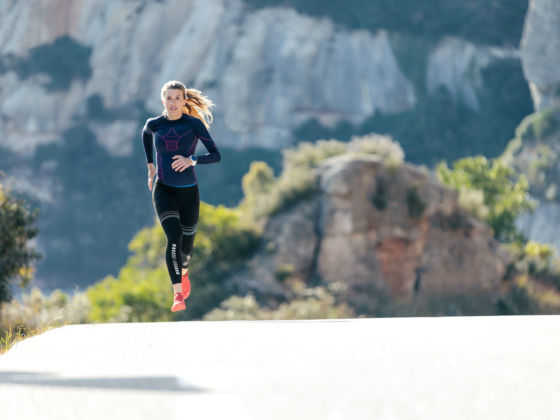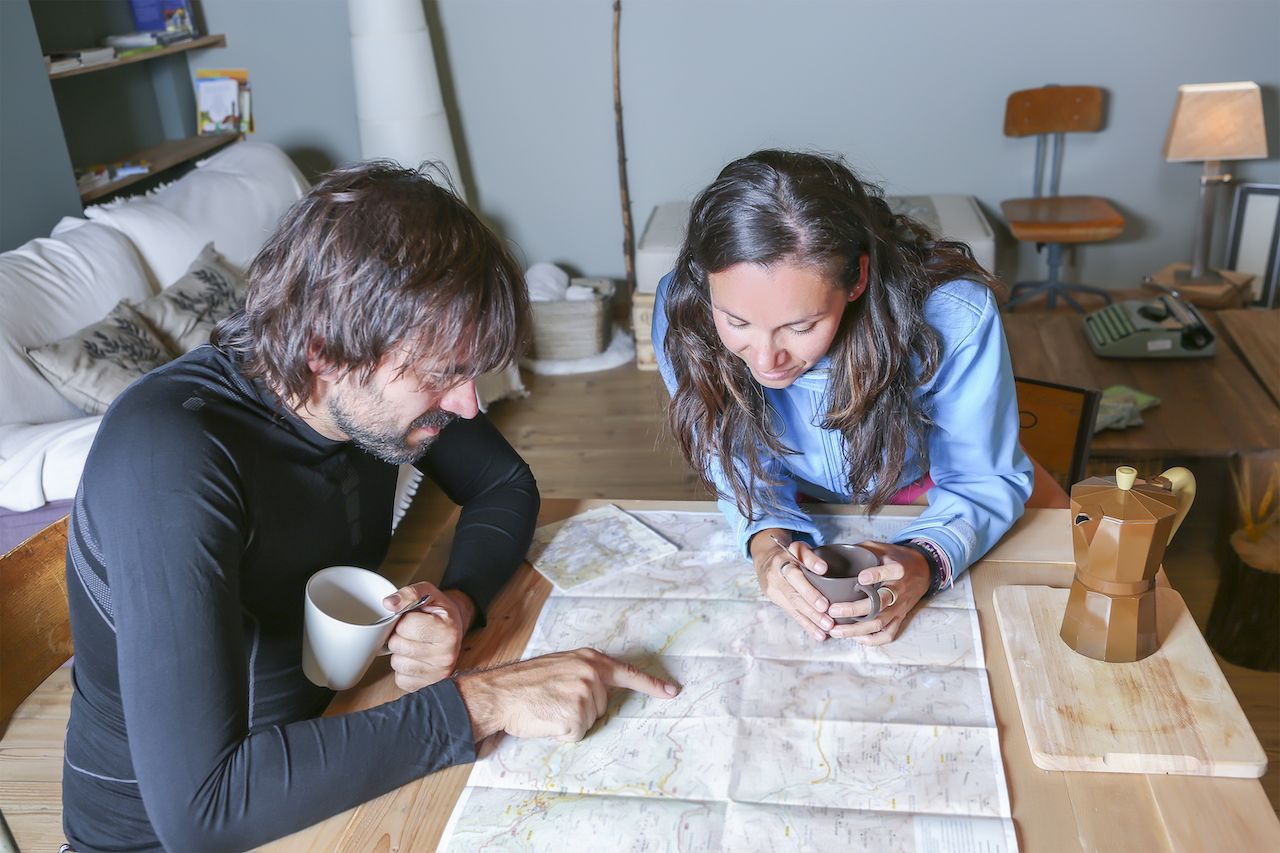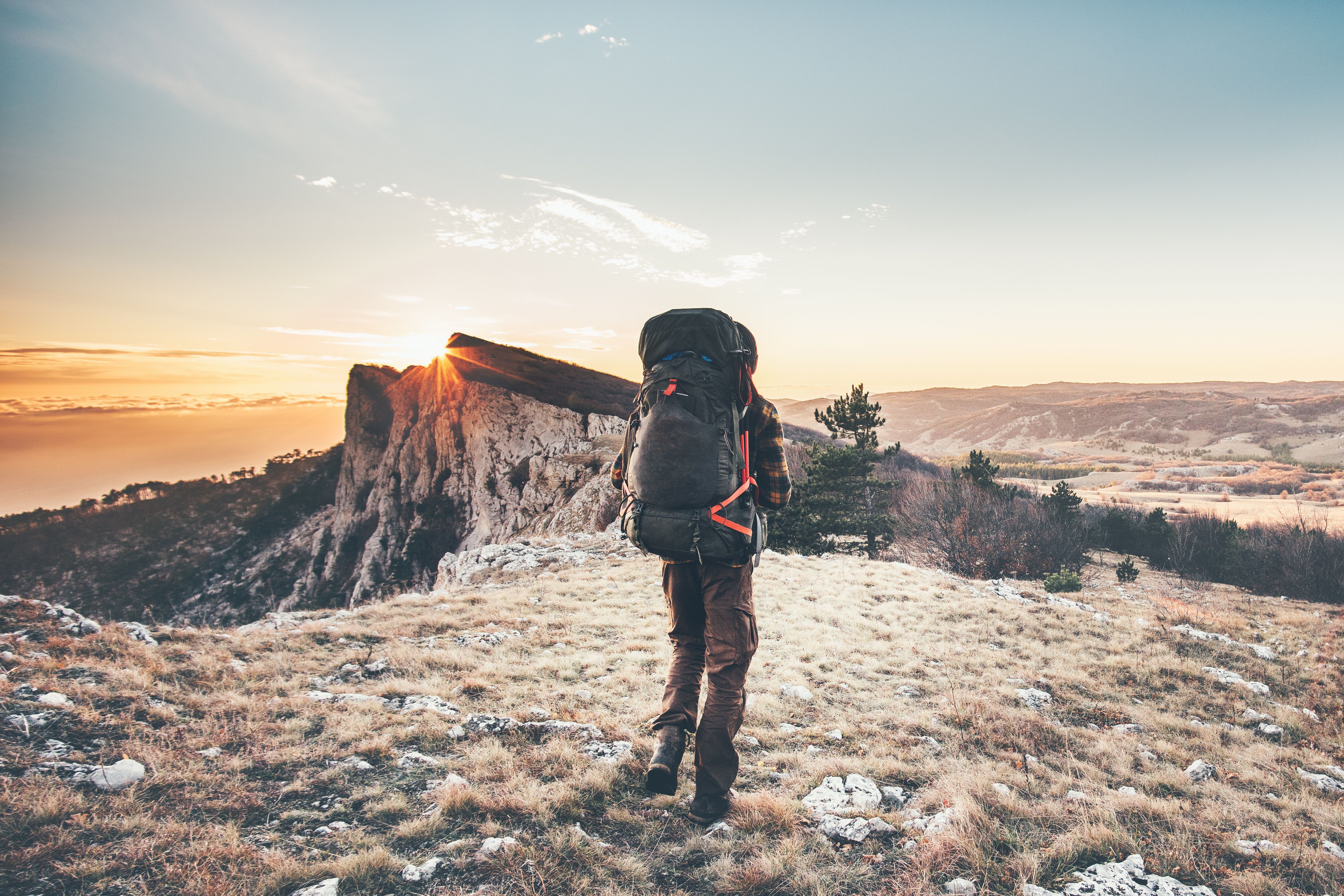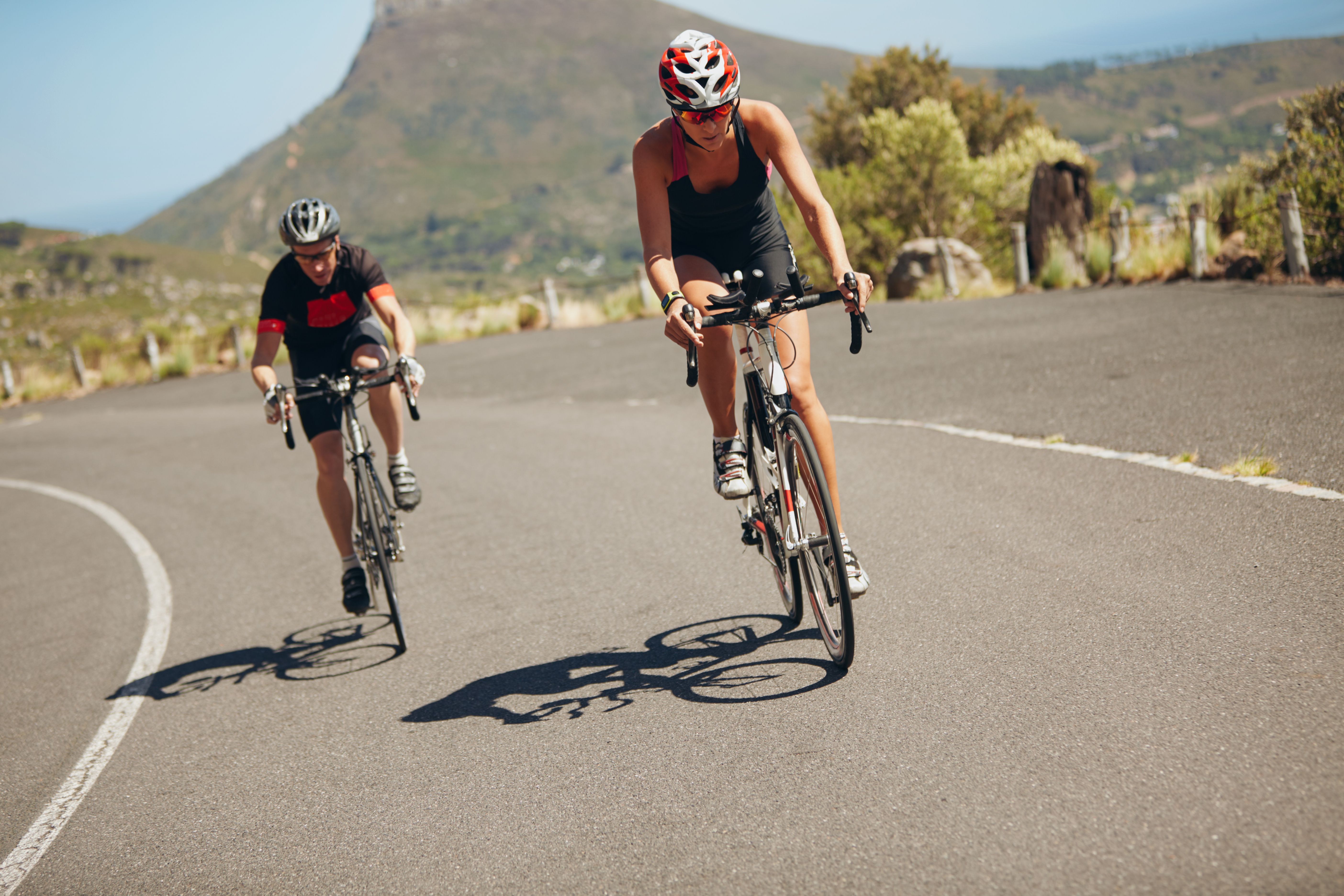You know how it goes. Late December, sitting on the couch with a notepad — or a smartphone planning app — trying to think of a few innovative but manageable ways to be a better person in the new year. Among prompts to call home more often and floss regularly, upping your physical activity is likely to make the list. This is tough for many of us because, well, it requires physical activity, often early in the morning or at the end of the day when you’d much rather just post up on that same couch. Especially when that activity is done outdoors.
But plenty of studies have shown the health benefits of spending more active time outside. To help you plan and execute this resolution, we spoke with Amy Bruski. An outdoors professional and a Local Experience Instructor at REI, Bruski leads outdoors tours through the San Francisco Bay area and is an accomplished cyclist, both in the mountains and on the road. Here are her tips for building, and sticking to, an outdoor exercise routine.




